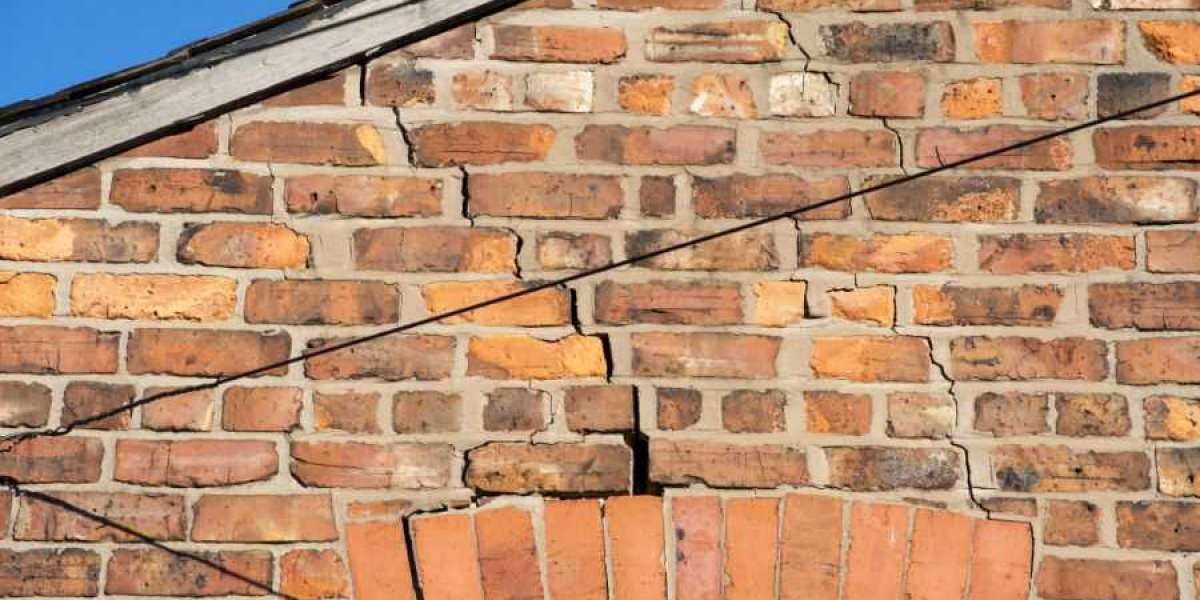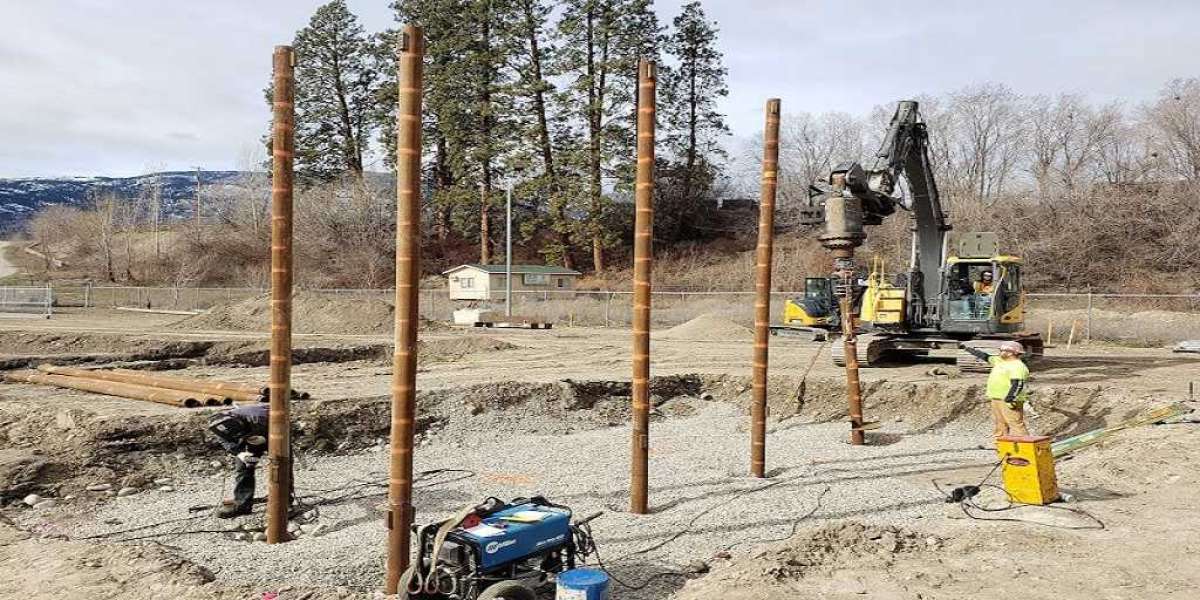What is a Dilapidations Survey?
A dilapidations survey is an assessment conducted at the end of a lease to evaluate a property’s condition and identify areas of property disrepair that may need addressing. This survey results in a dilapidation report, which details the required repairs, the estimated costs, and the tenant’s repair responsibilities as outlined in the lease agreement. This process is essential for landlords seeking to restore their property to its initial condition and minimise future maintenance expenses.
In commercial leases, a dilapidations survey is especially valuable, as tenants often make alterations or cause wear over time. For new landlords, having a thorough survey ensures fair restoration costs and compliance with the lease terms.
Key Elements of a Dilapidation Report
The dilapidation report serves as the basis for assessing repair needs and potential lease restoration costs. Key elements included in this report are:
- Structural Damage: Identifying damage to walls, floors, ceilings, or any major structures within the property.
- Decorative Condition: Document any cosmetic wear or alterations made by the tenant, such as paint, flooring, or wallpaper.
- System and Fixtures Condition: Checking systems like HVAC, plumbing, and lighting for functionality, as these are often tenant maintenance responsibilities.
This report provides a detailed building condition assessment for both the landlord and tenant, setting clear expectations for what is required to restore the property to its agreed-upon state.
Understanding Tenant Repair Responsibilities and Lease Obligations
Every lease specifies the tenant’s repair responsibilities and end-of-lease obligations, often referred to as “yielding up” clauses. These clauses dictate the condition the tenant must leave the property in at the lease’s end. The scope of these responsibilities can vary, covering everything from minor decorative repairs to extensive structural restoration, depending on the lease terms.
For new landlords, familiarising yourself with these clauses can help you anticipate the level of maintenance or restoration that will be needed, providing clarity during discussions with the tenant. Typical tenant responsibilities often include:
- Repairing Damages: Fixing any wear or damage caused by the tenant’s occupancy.
- Removing Alterations: Restoring the property to its original layout or state if the tenant made any unauthorised alterations.
- System Maintenance: Ensuring that all mechanical systems and fixtures are functional upon return.
Tips for Managing Dilapidations Costs Effectively
To manage costs associated with dilapidations, landlords can take proactive measures throughout the lease term. Here are a few strategies to help reduce expenses and streamline the process:
1. Conduct a Leasehold Condition Survey at Lease Commencement
A leasehold condition survey at the start of a lease helps establish the property’s baseline condition. By recording any pre-existing wear, landlords have a clear reference to ensure fair claims for any new damages or changes caused by the tenant. This initial survey reduces the risk of disputes over property disrepair by providing evidence of the property’s original state.
2. Maintain Open Communication with Tenants
Regular communication with tenants about maintenance expectations can help prevent major disrepair issues from developing. If tenants are aware of their repair responsibilities, they are more likely to address issues as they arise. This proactive approach can significantly reduce the extent of repairs needed at the lease’s end.
3. Engage a Professional Surveyor Early
Bringing in a surveyor before the lease ends allows for early identification of repair needs, potentially minimising costs. A surveyor can advise on which repairs are essential, helping landlords avoid overextending on unnecessary repairs and allowing for more accurate budgeting.
Sample Breakdown of Lease Restoration Costs
To give new landlords an understanding of potential expenses, here is a sample breakdown of common lease restoration costs associated with typical dilapidation issues:
Category | Description | Estimated Cost Range |
Structural Repairs | Wall, ceiling, or flooring repairs | £500 - £3,000 |
Decorative Restoration | Repainting, wallpapering, carpet replacement | £300 - £2,000 |
System Repairs | HVAC, plumbing, lighting restoration | £500 - £1,500 |
Minor Fixtures | Door, window, or hardware repair | £100 - £500 |
This table offers a general idea of potential restoration costs, but actual expenses may vary based on the property’s condition and lease terms.
FAQs About Dilapidations Surveys for New Landlords
- What is dilapidation in leasing terms?
Dilapidation refers to the disrepair or wear that needs restoration to meet lease terms at a lease’s end. - Can landlords claim for pre-existing damage?
No, landlords can only claim for damages caused during the tenant’s occupancy unless the tenant was responsible for repairs as per the lease. - How can a leasehold condition survey help landlords?
It documents the property’s initial condition, providing a reference to determine fair claims and avoid disputes. - Are tenants always responsible for repairs?
Tenant repair responsibilities are specified in the lease; landlords cannot claim repairs outside these terms. - Can landlords negotiate on the dilapidation report items?
Yes, landlords and tenants may negotiate the report items to reach a fair agreement on required repairs.
Conclusion
For first-time landlords, understanding the dilapidations survey process is key to managing lease obligations and property maintenance effectively. By conducting a leasehold condition survey, staying informed about tenant repair responsibilities, and working with professional surveyors, landlords can minimise unexpected costs and protect their property investment. A proactive approach ensures that any dilapidation survey reflects fair and manageable restoration costs, creating a smoother transition at the end of each lease term.













